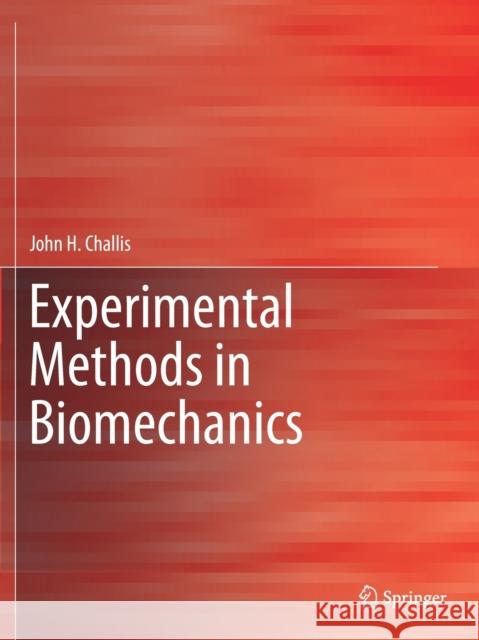Experimental Methods in Biomechanics » książka
topmenu
Experimental Methods in Biomechanics
ISBN-13: 9783030522582 / Angielski / Miękka / 2021 / 320 str.
Experimental Methods in Biomechanics
ISBN-13: 9783030522582 / Angielski / Miękka / 2021 / 320 str.
cena 261,63
(netto: 249,17 VAT: 5%)
Najniższa cena z 30 dni: 250,57
(netto: 249,17 VAT: 5%)
Najniższa cena z 30 dni: 250,57
Termin realizacji zamówienia:
ok. 22 dni roboczych
Bez gwarancji dostawy przed świętami
ok. 22 dni roboczych
Bez gwarancji dostawy przed świętami
Darmowa dostawa!
Kategorie BISAC:
Wydawca:
Springer
Język:
Angielski
ISBN-13:
9783030522582
Rok wydania:
2021
Ilość stron:
320
Waga:
0.72 kg
Wymiary:
27.94 x 20.96 x 1.7
Oprawa:
Miękka
Wolumenów:
01
Dodatkowe informacje:
Wydanie ilustrowane











